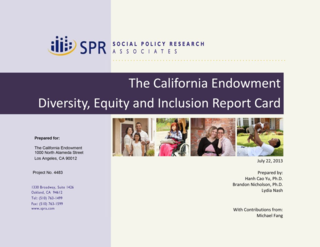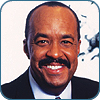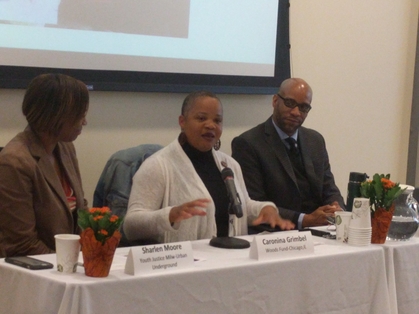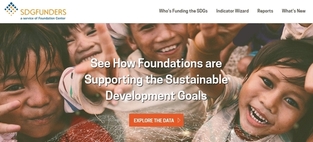Diversity at the Foundation: Important Enough to Measure
This blog post originally appeared on Glasspockets. To view the original post click here.
Editor’s Note: In the near future, our “Who Has Glass Pockets?” transparency assessment will include an additional data element related to diversity. We will continue to track which foundations have values statements related to diversity and inclusion, and we will also be adding a transparency element indicating which foundations openly share diversity data about their staff and board. Currently, relatively few foundations provide diversity head counts, with only 6 out of 77 profiled foundations sharing that data publicly. The California Endowment recently completed and posted its annual Diversity Audit, so we invited its team to draft a series of posts explaining why and how they share this information. This is the first post in that series.
About seven years ago, our Board of Directors engaged in a conversation about the values of diversity, equity, and inclusion at our institution. While we re-affirmed our allegiance to these values which was present at the inception of The California Endowment, we concluded that we needed to ratchet up the seriousness of our resolve. The questions that arose: Are we, as a foundation, committed enough to this issue to measure and track improvement? We have metrics for a range of equity indicators in our healthy communities work, Sons and Brothers program etc., and overall strategic plan, so why not on the matter of diversity in our operation and structure as a foundation?
So, off we went. We resolved to create a tool to assess our progress, now known as the Diversity Audit. In it, we committed to express the value of, and commitment to, diversity across a range of parameters at The California Endowment: on our Board, at the management level, among our staff, grantees of the foundation, as well as contractors, consultants, and even investment managers. We wanted to be able to express our commitment to diversity-equity-inclusion no matter which aspect or element of the foundation one might encounter.
The process of creating, and then institutionalizing the Diversity Audit required the support and engagement of Board, management, and staff. There is a saying, “Culture eats strategy for breakfast.” We pay particular attention to recruiting new board members and senior management who value diversity, equity and inclusion. We look to them to ensure that this commitment lives beyond any one individual or position, and becomes engrained in the DNA of the culture of The Endowment. While turnover is inevitable in any organization, we do not ever take this commitment as a given.

We also required the support of a savvy, thoughtful partner to hold our organizational hand through the process, and we procured the services of SPR Associates to do so. SPR worked with our staff to begin establishing the right kind of data collection and reporting platform; we needed our Human Resources, Grants Administration, Contracts Administration, Program and Learning Staff, and Investments team all in the boat. Obviously it required us to embark on the business of asking grantees, contractors, and consultants for the right kind of diversity information – and in the right way. We now have the diversity question being posed nearly every time we engage in a financial or business transaction.
 Our Diversity Audit, while focusing on tracking progress through metrics, should not be confused or mistaken with the use of quotas. Simply put, we don’t have numerical goals that define “success” in the Diversity Audit. But we do want to know whether we have an organization that reflects the range of diversity that the state of California – and the communities we serve – now boasts. Can we look ourselves in the mirror and comfortably state that our commitment to diversity is at last maintained, and even improves over time?
Our Diversity Audit, while focusing on tracking progress through metrics, should not be confused or mistaken with the use of quotas. Simply put, we don’t have numerical goals that define “success” in the Diversity Audit. But we do want to know whether we have an organization that reflects the range of diversity that the state of California – and the communities we serve – now boasts. Can we look ourselves in the mirror and comfortably state that our commitment to diversity is at last maintained, and even improves over time?
The Diversity Audit has helped us strengthen the culture and authorizing environment to express our values through our policies, practices, processes. We review its progress with our Board every three years. We share both our successes and mistakes with the philanthropic field because we believe that our efforts and value can inform our sector’s learning. Diversity is indeed an element of my performance measures as President & CEO. And that’s the way it should be.




